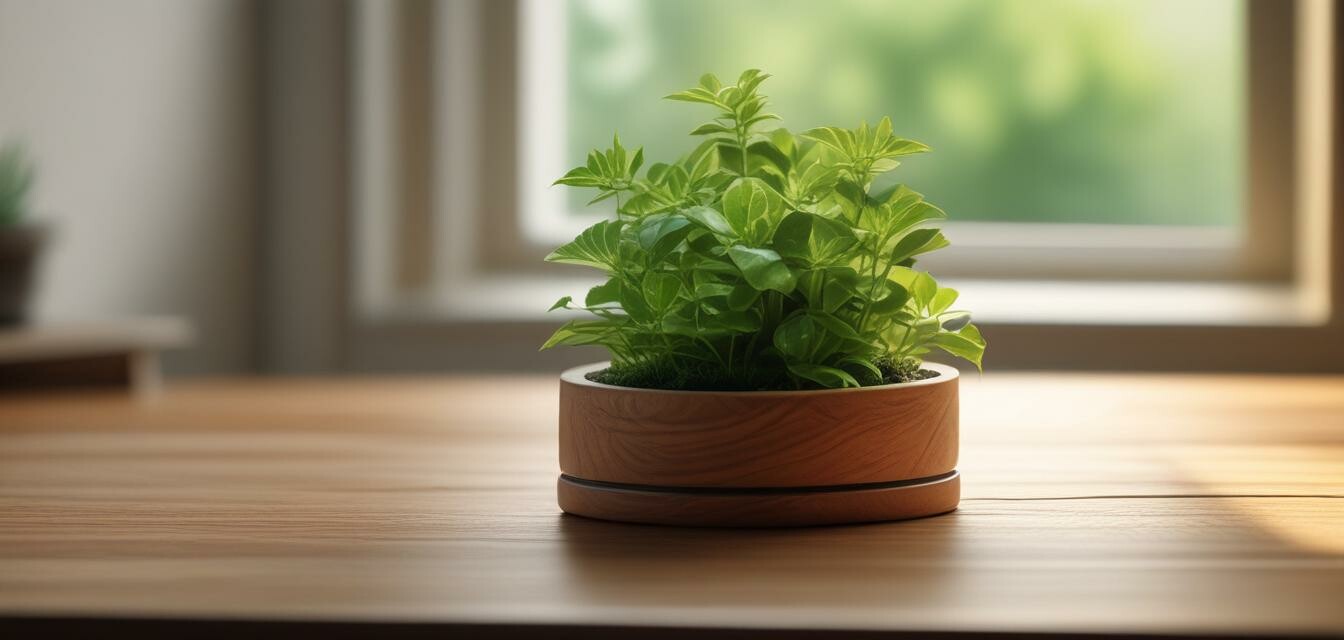
DIY Tips for Eco-Friendly Wood Finishing
- Choose natural wood finishes that emphasize sustainability.
- Consider using homemade wood finishes for environmental benefits.
- Ensure proper surface preparation for best results.
- Explore effective cleaning products like HOWARD Clean-A-Finish.
- Maintain your wood products to extend their lifespan.
Wood finishing is the final touch that elevates the beauty and resilience of wood products. However, traditional finishes often contain harmful chemicals that can be damaging not just to the environment but also to our health. In this article, we will explore eco-friendly techniques for wood finishing that prioritize natural materials, sustainability, and safety. Whether you're redecorating your home or crafting custom wooden projects, these tips will help you achieve a stunning finish while caring for the planet.
Understanding Eco-Friendly Wood Finishing
Eco-friendly wood finishing involves using products and techniques that minimize environmental impact. Traditional finishes such as varnishes and lacquers often release volatile organic compounds (VOCs) into the atmosphere, contributing to air pollution and health risks. By opting for natural materials, we make a positive impact on our surroundings.
Benefits of Eco-Friendly Wood Finishing
- Healthier Environment: Reduces harmful toxins in the air and water.
- Sustainability: Supports responsible sourcing and eco-friendly materials.
- Beautiful Results: Natural finishes can enhance the wood’s grain and beauty.
- Safe for Indoor Use: Ideal for furniture and home decor items.
Essential Tips for Eco-Friendly Wood Finishing
1. Choose Natural Wood Finishes
When selecting a wood finish, look for products that contain natural ingredients like oils, waxes, and resins. These materials not only provide protection but also enhance the natural beauty of wood. Some popular natural finishes include:
| Type | Features | Usage |
|---|---|---|
| Linseed Oil | Natural oil that penetrates wood, offering protection and shine. | Great for tabletops and furniture. |
| Tung Oil | Water-resistant finish that's durable and enhances grain. | Ideal for kitchenware and outdoor items. |
| Beeswax | Creates a protective layer while nourishing the wood. | Excellent for indoor furniture and toys. |
2. Try Homemade Wood Finishes
Creating your own wood finishing solution can be both satisfying and eco-friendly. Here are two simple recipes:
- Beeswax and Oil Mixture: Combine equal parts beeswax and coconut oil for an easy-to-apply wood conditioner.
- Citrus Vinegar Polish: Mix one part vinegar with three parts olive oil for a natural cleaner and finish.
3. Proper Surface Preparation
Before applying any finish, it's essential to prepare the surface properly. Here’s a quick checklist for preparing wood surfaces:
- Sand the wood to remove any imperfections.
- Clean the surface with a damp cloth to remove dust.
- Ensure the wood is dry before applying any finish.
4. Use Eco-Friendly Cleaning Products
To keep your finished wood looking great, use natural cleaning products. One of our top recommendations is HOWARD Clean-A-Finish, which is excellent for restoring the beauty of wood without harsh chemicals. It effectively removes dirt and grime from various surfaces, making maintenance easy.
HOWARD Clean-A-Finish For Wood, Upholstery, and Carpet
Quickly removes dust, dirt, grime, and other stains from a variety of surfaces, ensuring your wood items look their best.
Learn More5. Maintain Your Wooden Items
Regular maintenance of your wooden furniture and products will extend their lifespan. Here are some simple tips:
- Dust regularly with a soft cloth.
- Avoid exposing wooden items to direct sunlight.
- Reapply finishes every year or as needed to maintain protection.
Conclusion
Eco-friendly wood finishing is not only possible but also beneficial for your home and the environment. By utilizing natural resources and minimizing harmful substances, you can enhance the aesthetic and durability of your wooden products while contributing to a healthier planet. Remember to explore our resources on wood care and natural wood finishes to further expand your knowledge on sustainable practices!
Tips for Beginners
- Start with small projects to practice eco-friendly finishes.
- Test any homemade finishes on scrap wood.
- Always read the ingredient label of commercial products.
